The death of the dinosaurs was just one of five global events that saw millions of species wiped out. How do these events happen? And how can we stop it happening again?
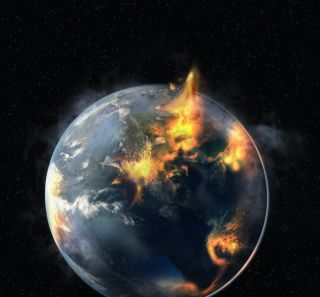
Can we stop another mass extinction? (Image credit: Getty Images)
For the last 10,000 years, Earth has been in the midst of yet another extinction event that is rapidly removing animals from our planet.
Scientists define a mass extinction as around three-quarters of all species dying out over a short geological time, which is anything less than 2.8 million years, according to The Conversation(opens in new tab). Right now, humans find themselves at the beginning(opens in new tab) of the latest mass extinction, which is moving much faster than any of the others. Since 1970, the populations of vertebrate species have declined by an average of 68%, and currently more than 35,000 species are considered to be threatened with extinction, according to the International Union for Conservation of Nature(opens in new tab) (IUCN). During the 20th century alone, as many as 543 land vertebrates became extinct, according to a research article in the journal PNAS(opens in new tab).
Are humans to blame?
Ever since the beginning of the pollutant-pumping industrial revolution(opens in new tab) in 1760, humans have been the main contributor to Earth’s current environmental crisis. From greenhouse gas emissions and ozone depletion to deforestation, plastic pile-up and the illegal animal trade, humans have actively stripped the world of some species and threatened many more.
There are those who argue that climate change and the extinction of animal species are a natural part of life, and in some ways that’s true. After all, the first five mass extinctions occurred without the presence of humans. However, the difference is the speed at which these mass extinctions happen.
Fossil records don’t just tell us what creatures existed before us, but also how long a species can naturally survive before becoming extinct without human interference. This is referred to as the background rate(opens in new tab), and it is equal to around one species extinction per 1 million species per year. Currently, because of human activity, the actual background rate is tens of thousands of times higher, meaning species are becoming extinct much faster than they should be. Studies have found that some species lost from Earth would have continued to survive for 800 to 10,000 years without the interference of human activities, according to a study published in the journal Science Advances(opens in new tab).
Pandemic perspective
Never before has the world been able — if not forced — to take a step back from normal life and give nature the breathing room it needs. 2020’s lockdowns have led to a 17% global decrease(opens in new tab) in carbon emissions and a 20% fall in nitrogen oxide levels, according to NASA(opens in new tab). Waterways cleared up, and animals were seen venturing into cities and towns around the world. While it seems like a wonderful revival for the planet, it’s a temporary one as human civilization returns to normal and extinctions return to their previous rate.
Ecotourism is an industry that fuels conservation efforts worldwide, but it’s been on the verge of collapse since global travel restrictions were imposed. Without the income from tourists, conservationists are having trouble protecting vulnerable species from poaching, which during the pandemic has been on the rise, The New York Times(opens in new tab) reported. Rhinos(opens in new tab) in Botswana, wild cats in South America and tigers(opens in new tab) in India have all been targeted over the last year.
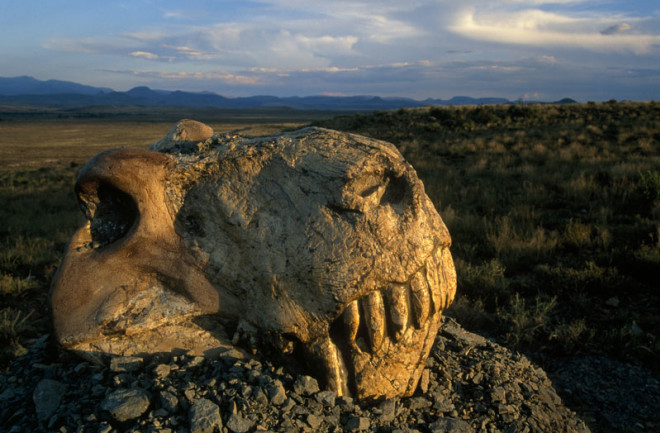
The 5 mass extinctions
Ordovician-Silurian extinction: ~ 440 million years ago
Species made extinct: 85%
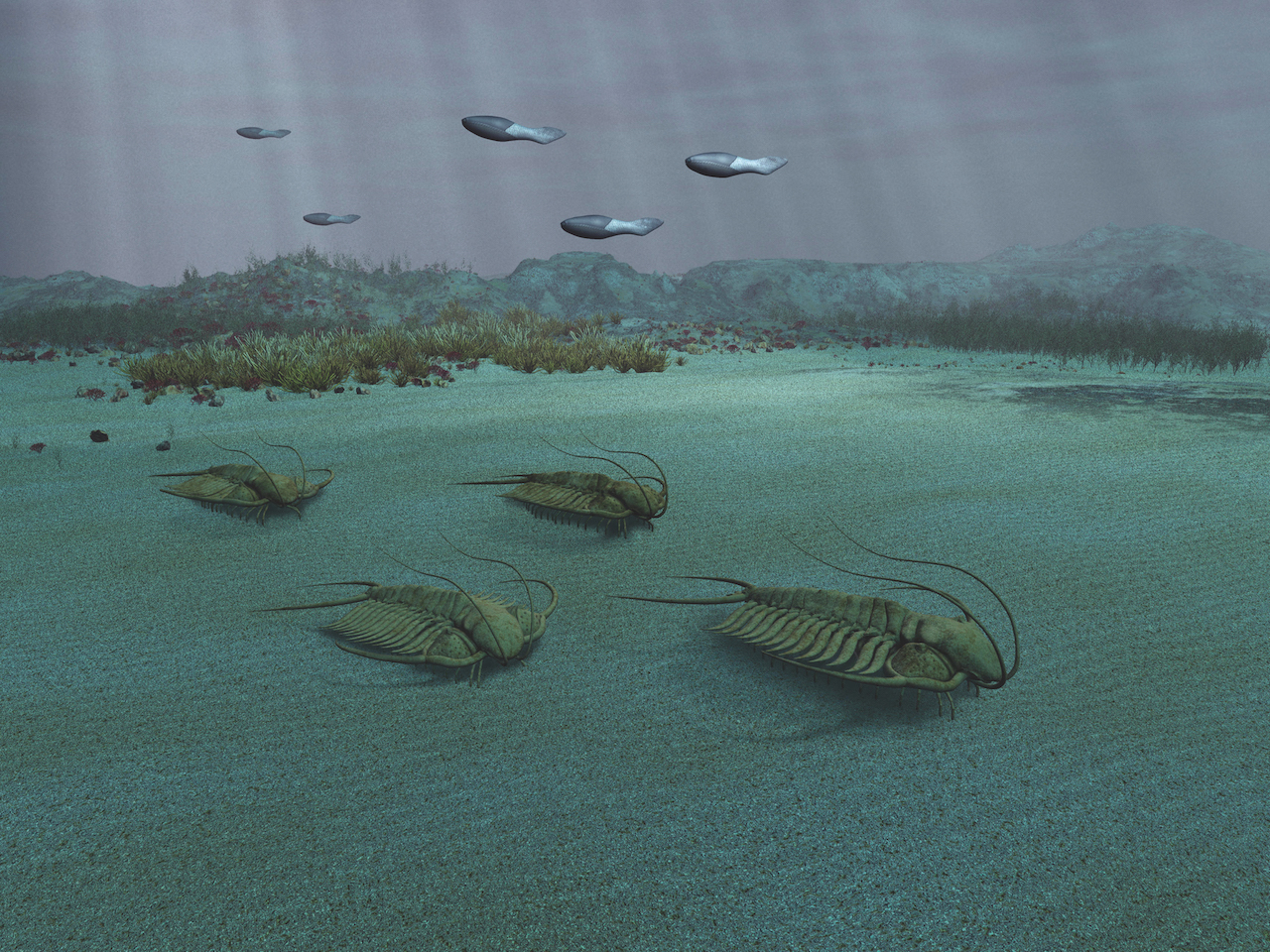
The first mass extinction on Earth(opens in new tab) occurred in a period when organisms such as corals and shelled brachiopods filled the world’s shallow waters but hadn’t yet ventured onto land. Life itself(opens in new tab) was beginning to spread and diversify, having first emerged around 3.7 billion years ago(opens in new tab). But about 440 million years ago, a climatic shift caused sea temperatures to change, and the majority of life in the ocean died.
At the end of the Ordovician period, a rapid onset of mass glaciation covered the southern supercontinent, Gondwana(opens in new tab). Glaciation on this scale locked away high percentages of the world’s water and dramatically lowered global sea levels, which stripped away vital habitats from many species, destroying food chains and decreasing reproductive success, according to a study published in the journal Oceanology(opens in new tab).
It is not known exactly what triggered these events. One theory is that the cooling process may have been caused by the formation of the North American Appalachian Mountains, according to Ohio State news(opens in new tab). Large-scale erosion of these mountainous silicate rocks is associated with the removal of the greenhouse gas carbon dioxide from the atmosphere.
Not all scientists agree with this, however. Alternative theories suggest that toxic metal may have dissolved into ocean waters during a period of oxygen depletion, wiping out marine life, according to National Geographic(opens in new tab). Other scientists suggest that a gamma-ray burst from a supernova ripped an enormous hole in the ozone layer, allowing deadly ultraviolet radiation to kill life below, according to APS News(opens in new tab), and another theory suggests that volcanism was the cause, according to a study published in the journal Geology
Late Devonian extinction: ~ 365 million years ago
Species made extinct: 75%
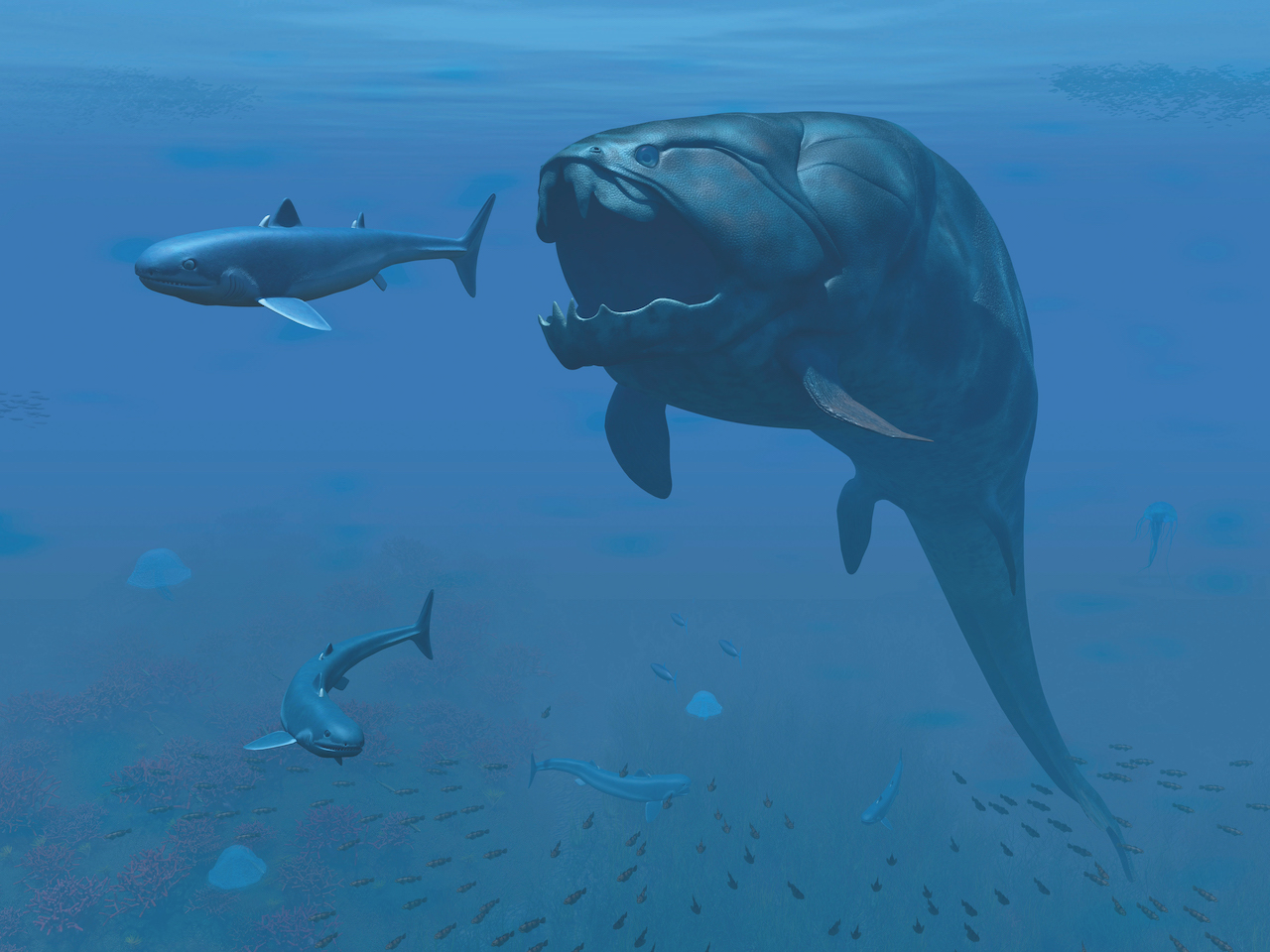
Often referred to as the “age of fish,” the Devonian period(opens in new tab) saw the rise and fall of many prehistoric marine species. Although by this time animals had begun to evolve on land, the majority of life swam through the oceans. That was until vascular plants, such as trees and flowers, likely caused a second mass extinction, according to a 1995 study published in the journal GSA Today(opens in new tab).
As plants evolved roots, they inadvertently transformed the land they lived on, turning rock and rubble into soil, according to the BBC(opens in new tab). This nutrient-rich soil then ran into the world’s oceans, causing algae to bloom on an enormous scale. These blooms essentially created giant “dead zones,” which are areas where algae strips oxygen from the water, suffocating marine life and wreaking havoc on marine food chains. Species that were unable to adapt to the decreased oxygen levels and lack of food died.
This theory, however, is debated, and some scientists believe that volcanic eruptions were responsible for the decrease in oxygen levels in the ocean, according to a study in the journal Geology(opens in new tab).
One sea monster that was wiped from the world’s oceans was a 33-foot-long (10 meters) armored fish called Dunkleosteus(opens in new tab). A fearsome predator, this giant fish had a helmet of bone plates that covered its entire head and created a fang-like cusp on its jaw.
Permian-Triassic extinction: ~ 253 million years ago
Species made extinct: 96% marine life; 70% terrestrial life
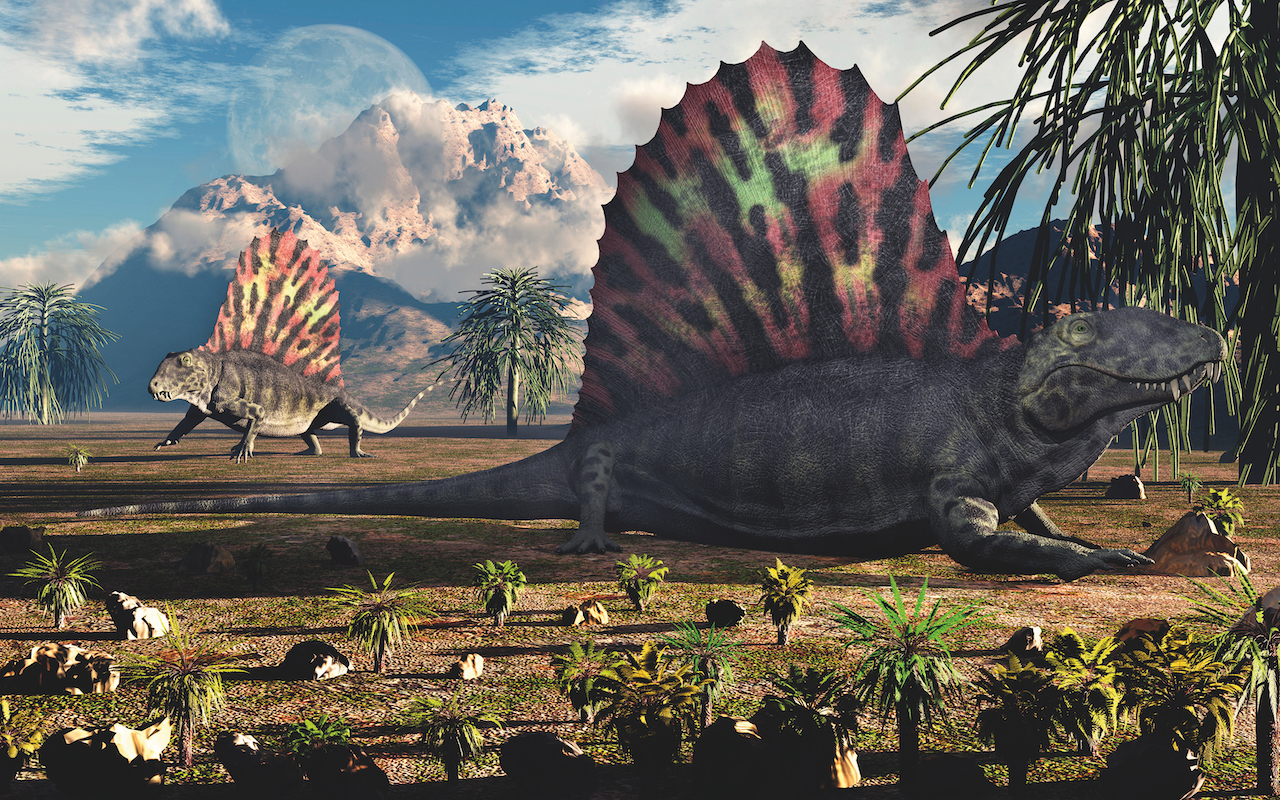
This extinction event, often referred to as the “Great Dying(opens in new tab),” is the largest to ever hit Earth. It wiped out some 90% of all the planet’s species and decimated the reptiles, insects and amphibians that roamed on land. What caused this catastrophic event was a period of rampant volcanism, Live Science(opens in new tab) previously reported. At the end of the Permian period(opens in new tab), the part of the world we now call Siberia erupted in explosive volcanoes. This released a large amount of carbon dioxide into the atmosphere, causing a greenhouse effect that heated up the planet. As a result, weather patterns shifted, sea levels rose and acid rain beat down on the land.
In the ocean, the increased levels of carbon dioxide dissolved into the water, poisoning marine life and depriving them of oxygen-rich water, according to the Sam Noble Museum(opens in new tab) in Oklahoma. At the time, the world consisted of one supercontinent called Pangaea(opens in new tab), which some scientists believe contributed to a lack of movement in the world’s oceans, creating a global pool of stagnant water that only perpetuated carbon dioxide accumulation. Rising sea temperatures also reduced oxygen levels in the water, Live Science(opens in new tab) previously reported.
Corals(opens in new tab) were a group of marine life forms that were among the worst affected — it took 14 million years for the ocean reefs to rebuild to their former glory.
Death by volcano
How massive eruptions caused the biggest mass extinction on Earth
Triassic-Jurassic extinction: ~ 201 million years ago
Species made extinct: 80%
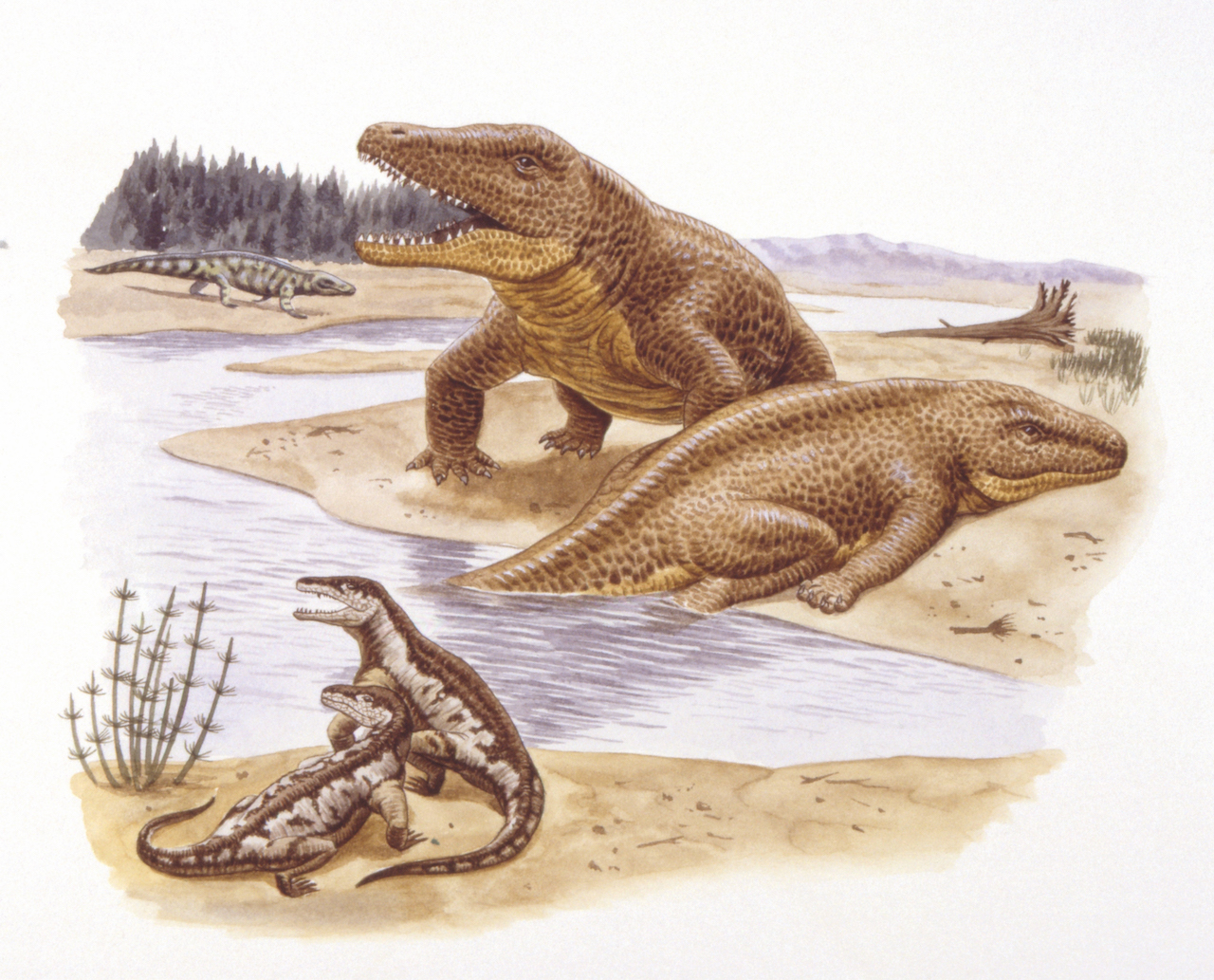
The Triassic period(opens in new tab) erupted in new and diverse life, and dinosaurs began to populate the world. Unfortunately, numerous volcanoes also erupted at that time. Although it remains unclear exactly why this fourth mass extinction occurred, scientists think that massive volcanic activity occurred in an area of the world now covered by the Atlantic Ocean, according to MIT News(opens in new tab). Similar to the Permian extinction, volcanoes released enormous amounts of carbon dioxide, driving climate change and devastating life on Earth. Global temperatures increased, ice melted, and sea levels rose and acidified. As a result, many marine and land species became extinct; these included large prehistoric crocodiles and some flying pterosaurs.
There are alternative theories explaining this mass extinction, which suggest that rising carbon dioxide levels released trapped methane from permafrost, which would have resulted in a similar series of events, according to Discover magazine
K-Pg extinction: ~ 66 million years ago
Species made extinct: 75%
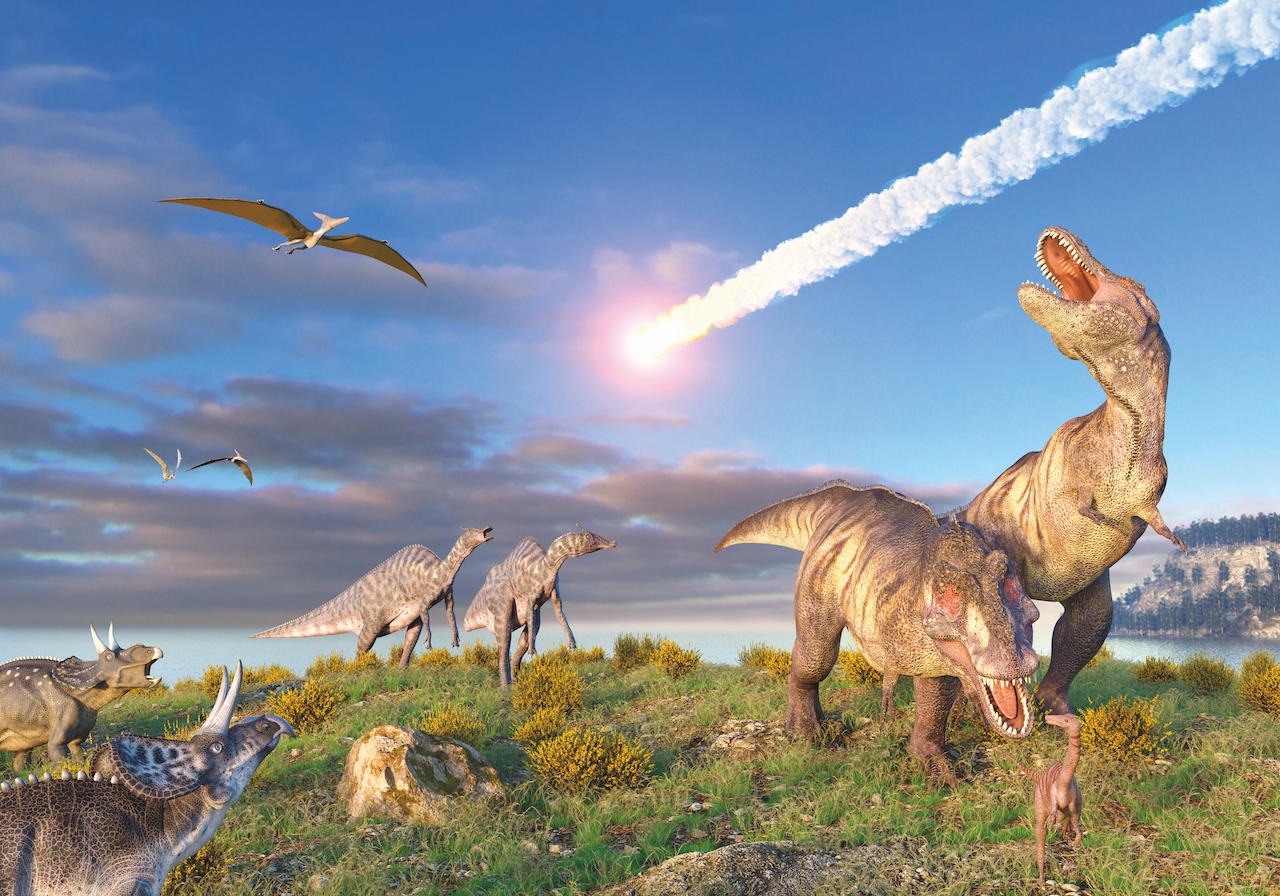
The most famous of all the mass extinction events is the Cretaceous(opens in new tab)-Paleogene extinction — better known as the day the dinosaurs died. The event is sometimes also known as the K-T extinction, and geologists call it the“K-Pg extinction because the letter “C” is shorthand for a previous geological period called the Cambrian(opens in new tab). The “K” is from the German word “Kreide,” which means “Cretaceous.”
Crash-landing into what is today Yucatán, Mexico, an asteroid over 8 miles (13 kilometers) wide plunged into Earth at around 45,000 mph (72,000 km/h). This punched a hole 110 miles (180 km) wide and 12 miles (19 km) deep, called the Chicxulub crater. The impact would have scorched all the land around it within 900 miles (1,450 km) and ended the 180 million-year reign of the dinosaurs on Earth.
What followed the impact were months of blackened skies caused by debris and dust being hurled into the atmosphere, Live Science(opens in new tab) previously reported. This prevented plants from absorbing sunlight, and they died out en masse and broke down the dinosaurs’ food chains. It also caused global temperatures to plummet, plunging the world into an extended cold winter. Scientists estimate that most extinctions on Earth at the time would have occurred in just months after the impact. However, many species that could fly, burrow or dive to the depths of the oceans survived. For example, the only true descendants of the dinosaurs living today are modern-day birds(opens in new tab) — more than 10,000 species are thought to have descended from impact survivors.








